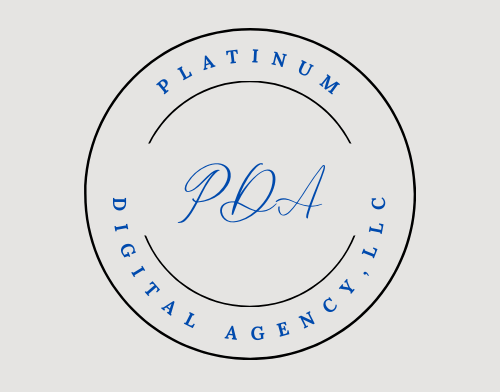
In today’s highly competitive healthcare industry, finding effective marketing strategies to attract and retain patients is crucial for the success of medical practices. This article explores various digital marketing tactics, the importance of measuring success and adjusting strategies, and the role of patient relationship management. By implementing these strategies, healthcare professionals can enhance their visibility, better engage with their target audience, and ultimately build long-lasting relationships with patients.
Digital Marketing Tactics
Digital marketing tactics play a crucial role in attracting and retaining patients in today’s competitive healthcare industry. With the increasing reliance on technology and the internet, healthcare providers must leverage digital marketing strategies to reach and engage with their target audience effectively. One of the most effective tactics is search engine optimization (SEO), which involves optimizing a healthcare website to rank higher in search engine results. By implementing SEO strategies, healthcare providers can increase their online visibility and attract more patients to their practice. Additionally, social media marketing is another essential digital marketing tactic that allows healthcare providers to connect and engage with their patients on platforms like Facebook, Twitter, and Instagram. Through social media, providers can share valuable content, promote their services, and build trust and credibility with their audience. Overall, digital marketing tactics are essential tools for healthcare providers to stand out in a competitive market and attract and retain patients.
Measuring Success and Adjusting Strategies
To ensure the effectiveness of marketing strategies, healthcare providers must regularly measure their success and make necessary adjustments. Measuring the success of marketing efforts allows providers to determine what is working and what needs improvement. One way to measure success is by tracking key performance indicators (KPIs) such as website traffic, conversion rates, and patient acquisition costs. By analyzing these metrics, providers can gain insights into the effectiveness of their marketing campaigns and make data-driven decisions about where to allocate resources. Additionally, soliciting patient feedback through surveys or online reviews can provide valuable insights into the patient experience and help identify areas for improvement. It is important for healthcare providers to regularly review and adjust their marketing strategies to ensure they are attracting and retaining patients effectively.
Patient Relationship Management
In order to build and maintain strong connections with patients, healthcare providers must actively manage their patient relationships. Patient relationship management (PRM) refers to the strategies and techniques used by healthcare organizations to engage, communicate, and interact with their patients. PRM involves understanding patients’ needs, preferences, and expectations, and tailoring services and communication to meet those needs. It includes regular communication through various channels such as phone calls, emails, and social media platforms, as well as personalized interactions during appointments and follow-ups. Effective PRM can improve patient satisfaction, loyalty, and ultimately lead to patient retention. It also allows healthcare providers to gather feedback, address concerns, and identify opportunities for improvement. By actively managing patient relationships, healthcare providers can foster trust, enhance patient experiences, and strengthen their overall reputation.
Conclusion
In conclusion, implementing effective marketing strategies is crucial for attracting and retaining patients in the healthcare industry. Digital marketing tactics offer various opportunities to reach and engage with target audiences. Measuring the success of these strategies allows for adjustments and improvements to be made. Additionally, patient relationship management plays a vital role in building trust and loyalty. By utilizing these strategies, healthcare organizations can enhance their marketing efforts and ultimately achieve their patient retention goals.
